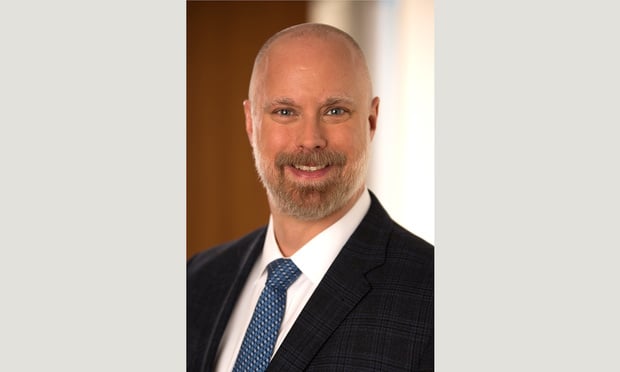 Steven Armstrong, vice president of pricing analytics & actuarial services, Allstate Insurance Company, and president, Casualty Actuarial Society. (Photo: Courtesy Photo)
Steven Armstrong, vice president of pricing analytics & actuarial services, Allstate Insurance Company, and president, Casualty Actuarial Society. (Photo: Courtesy Photo)
Editor's Note: In my February column, I asked insurance professionals to share their stories of how they came into the industry and why they stay. Here is a story one of our readers shared. ― Editor-in-Chief Rosalie Donlon
Recommended For You
Want to continue reading?
Become a Free PropertyCasualty360 Digital Reader
Your access to unlimited PropertyCasualty360 content isn’t changing.
Once you are an ALM digital member, you’ll receive:
- Breaking insurance news and analysis, on-site and via our newsletters and custom alerts
- Weekly Insurance Speak podcast featuring exclusive interviews with industry leaders
- Educational webcasts, white papers, and ebooks from industry thought leaders
- Critical converage of the employee benefits and financial advisory markets on our other ALM sites, BenefitsPRO and ThinkAdvisor
Already have an account? Sign In Now
© Touchpoint Markets, All Rights Reserved. Request academic re-use from www.copyright.com. All other uses, submit a request to [email protected]. For more inforrmation visit Asset & Logo Licensing.






